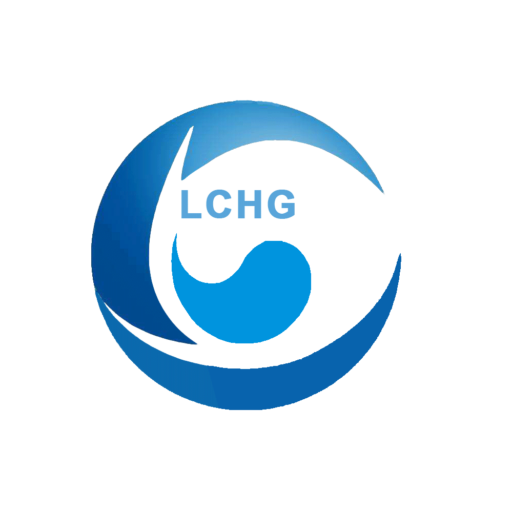UV-Buchdruckfarbe - Fotoinitiator
Der Buchdruck ist eines der ältesten Druckverfahren in der Druckindustrie, mit der Erfindung des Kollodiumdrucks durch Bi Sheng in der Song-Dynastie, des Holzschnitts durch Wang Zhen in der Yuan-Dynastie und des Bleidrucks durch Gutenberg im 15. Beim Buchdruck wird der grafische Teil auf die Oberfläche der Druckplatte gehoben, und die Farbe wird nur auf den grafischen Teil aufgetragen und dann direkt auf den Bedruckstoff übertragen. Es gibt zwei Arten von Buchdruckmaschinen, den Plattformdruck und den Rotationsdruck. Beim Plattformtyp ist die Druckplatte eine flache Oberfläche und die Presseurwalze ein Zylinder, während beim Rotationstyp sowohl die Druckplatte als auch die Presseurwalze eine Zylinderstruktur aufweisen.
3.6.1 Plattenherstellung für den Buchdruck
Bei den für den Buchdruck verwendeten Platten handelt es sich heute um photopolymerisierte Harzbuchdruckplatten, die aus photopolymerisiertem Harz durch UV-Belichtung und Entwicklung hergestellt werden. Es gibt zwei Arten von Hochdruckplatten aus photopolymerisiertem Harz: Hochdruckplatten aus flüssigem photopolymerisiertem Harz und Hochdruckplatten aus festem photopolymerisiertem Harz.
(1) Herstellung von Platten aus festem photopolymerisiertem Harz (Toppan)
Bei der Photopolymer-Buchdruckplatte wird ein festes Polymermaterial zur Vorproduktion der Photopolymerplatte verwendet, deren Struktur in Abbildung 3-18 dargestellt ist.
Abbildung 3-18 Aufbau von festen Photopolymer-Toppan-Platten
Die feste Harzplatte besteht aus einem gesättigten Polymer, einem Vernetzungsmittel und einem Photoinitiator. Bei den gesättigten Polymeren handelt es sich um Polyvinylalkoholderivate, Cellulosederivate und Polyamide; das Vernetzungsmittel sind Divinylverbindungen; die Photoinitiatoren sind hauptsächlich Benzoinether oder Anthrachinone. Nachdem die oben genannten Komponenten gleichmäßig gemischt wurden, werden sie auf eine Polyesterfolie oder eine Aluminiumunterlage mit einer Lichthofschutzschicht aufgetragen und nach dem Trocknen zu einer festen lichtempfindlichen Harzbuchdruckplatte verarbeitet. Es gibt auch eine feste Harzplattenkomponente, die gemischt und durch Strangpressen hergestellt wird.
Verfahren zur Herstellung von Buchdruckplatten aus festem Photopolymerharz:
Abdecken des Negativs → UV-Belichtung → Entwicklung → Trocknung → Nachbelichtung → Druckplatte.
Nachdem die Polyethylen-Schutzfolie von der festen Harzplatte entfernt wurde, werden das Negativ und die photopolymerisierte Harzschicht vakuumlaminiert, UV-belichtet, der lichtdurchlässige Teil vernetzt und gehärtet, um den grafischen Teil zu bilden, und der lichtdurchlässige Teil wird im Entwicklungsprozess entfernt. Nach dem Trocknen erfolgt die zweite UV-Belichtung, um die Platte vollständig zu verfestigen, die Härte der Platte zu verbessern und sie zu einer Druckplatte zu machen.
(2) Herstellung von Buchdruckplatten aus flüssigem photopolymerisiertem Harz
Der flüssige photopolymerisierte Harzbuchstabe bezieht sich auf den flüssigen Zustand des Harzes vor der Sensibilisierung, und der Harzbuchstabe wird nach der Sensibilisierung fest. Flüssigharzversion des Photopolymerisationsharzes ist hauptsächlich ungesättigtes Polyester- und Polyurethanacrylat, Vernetzungsmittel für ungesättigte Bis-Alkene oder Alkene, Photoinitiatoren sind hauptsächlich Benzoinetherklasse. Das Plattenherstellungsverfahren für Buchdruckplatten aus flüssigem photopolymerisiertem Harz ist (siehe Abbildung 3-19):
Beschichtung mit Photopolymerisatharz → UV-Belichtung der Vorder- und Rückseite → Entwicklung → Trocknung → Nachbelichtung → Druckplatte
Abbildung 3-19 Plattenherstellungsprozess für flüssige Fotopolymer-Buchdruckplatten
Buchdruckplatten aus festen photopolymeren Harzen und Buchdruckplatten aus flüssigen photopolymeren Harzen wurden in den 1970er und 1990er Jahren häufig für den Druck von Zeitungen und Zeitschriften, Etiketten, Verpackungspapier und Briefköpfen verwendet. Aufgrund der geringen Auflösung der Druckplatten, der geringen Druckbeständigkeit und der schlechten Druckqualität wurden sie jedoch allmählich durch den Offsetdruck und den Flexodruck ersetzt und traten aus der Geschichte des Drucks zurück.
Kontaktieren Sie uns jetzt!
Wenn Sie einen Preis benötigen, tragen Sie bitte Ihre Kontaktdaten in das unten stehende Formular ein. Wir werden uns in der Regel innerhalb von 24 Stunden mit Ihnen in Verbindung setzen. Sie können mir auch mailen info@longchangchemical.com während der Geschäftszeiten ( 8:30 bis 18:00 Uhr UTC+8 Mo.~Sa. ) oder nutzen Sie den Live-Chat auf der Website, um eine schnelle Antwort zu erhalten.
